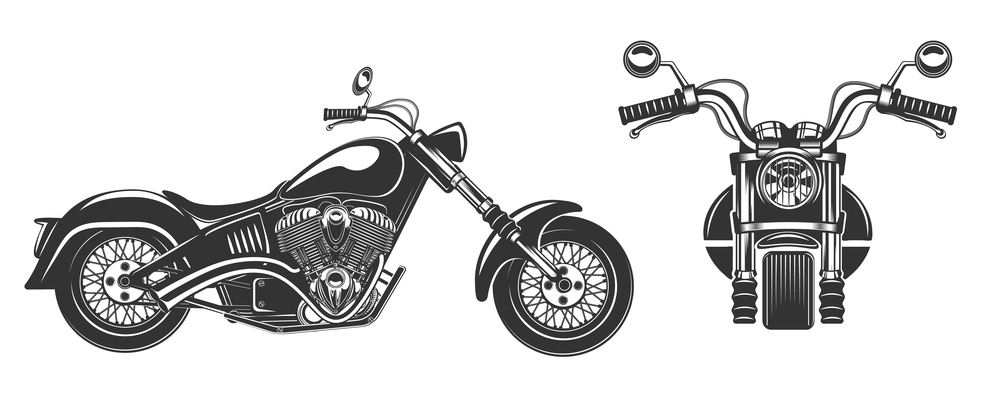As a leading bike battery manufacturer in India, DB Dixon is committed to providing reliable and high-quality batteries for motorcycles. However, there are several misconceptions surrounding bike batteries that need to be addressed. In this blog, we will debunk some of the most common myths associated with bike batteries, shedding light on the truth and ensuring that you have accurate information about these essential power sources.
Myth 1: All Two Wheeler Batteries are Maintenance-Free.
While some two wheeler batteries are labelled as maintenance-free, it does not mean they require no maintenance at all. Maintenance-free batteries are designed with sealed construction and do not require regular addition of distilled water. However, they still need periodic inspection and cleaning of terminals to prevent corrosion. It is important to follow the manufacturer’s guidelines for maintenance, regardless of whether the battery is labelled as maintenance-free or not.

Myth 2: Bike Batteries Last Forever.
While bike batteries are designed to be durable and long-lasting, they do have a limited lifespan. Over time, the battery’s capacity to hold a charge diminishes. Factors such as weather conditions, maintenance and usage patterns can affect the battery’s life. It is essential to monitor your battery’s health regularly and replace it when necessary.
Myth 3: Weather Conditions don’t affect battery’s performance:
There is a common misconception that starting batteries deliver the same performance regardless of weather conditions. However, extreme temperatures can significantly affect the battery’s ability to provide sufficient power for ignition.
In cold weather, the battery’s capacity can decrease, making it more challenging to start the bike. On the other hand, excessive heat can accelerate battery aging and reduce its overall lifespan. It is important to choose a battery with suitable cold cranking amps (CCA) rating for cold climates and ensure proper heat dissipation in hotter regions.
Myth 4: All bike batteries are the same.
Not all bike batteries are created equal. Different types of bikes require specific battery specifications to ensure compatibility and optimal performance. DB Dixon, as a renowned bike battery manufacturer in India, offers a wide range of batteries designed to meet the diverse requirements of various motorcycle models. It is crucial to choose a battery that is specifically designed for your bike, considering factors such as voltage, capacity, and dimensions.
In conclusion, clearing up misconceptions about bike batteries is crucial for riders to make informed decisions regarding their battery usage and maintenance. Remember, DB Dixon, as a reliable battery manufacturer in Telangana, India, prioritises the production of high-quality batteries that are built to last. By understanding the facts and debunking these common myths, you can extend the life of your bike battery and enjoy a smooth and reliable riding experience.
Follow Us:











